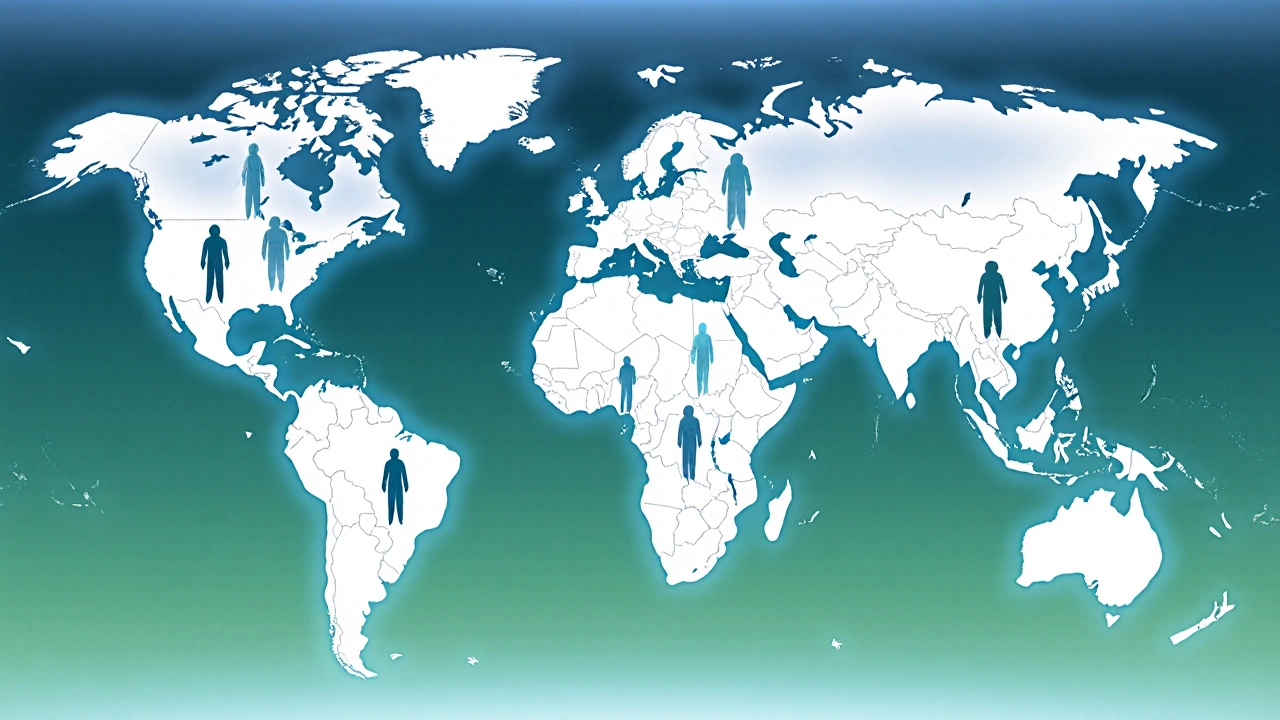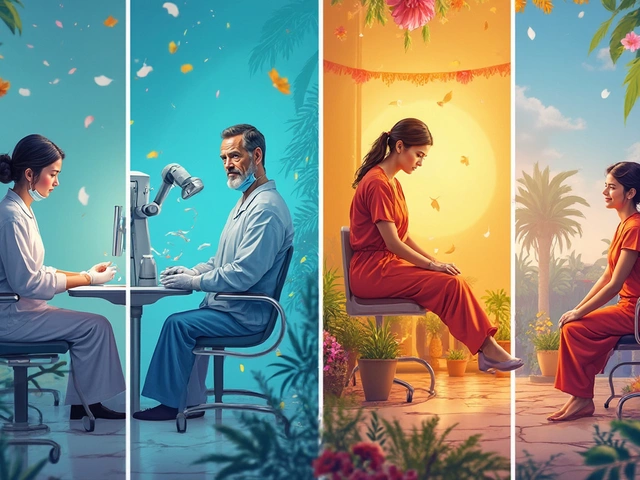Most Diagnosed Mental Disorder – Understanding Depression and Its Connections
When talking about the most diagnosed mental disorder, the condition that tops global prevalence charts is depression. Also known as major depressive disorder, it affects millions across ages, genders, and cultures. Depression spreads through a mix of genetics, stress, and brain chemistry, leading to persistent low mood, energy loss, and trouble concentrating. Recognizing it early can change the whole health trajectory.
Depression rarely lives in a vacuum. It often overlaps with Anxiety disorder, a condition marked by excessive worry and physical tension. The two feed each other: anxiety can deepen depressive thoughts, while depression can amplify anxious feelings. This bidirectional link means clinicians usually screen for both, offering combined therapy or medication that targets the shared pathways.
Another common companion is ADHD, a neurodevelopmental disorder marked by inattention, impulsivity, and hyperactivity. Adults with ADHD often report higher rates of depression because the daily challenges of focus and organization wear them down. Understanding this overlap helps treatment plans address both the attention deficits and the mood slump, reducing the risk of chronic suffering.
How Professionals Help: The Role of Therapists and Psychologists
Choosing the right mental‑health guide matters. A Therapist, a trained professional who uses talk‑based techniques to change thoughts and behaviors can deliver CBT, mindfulness, or psychodynamic approaches tailored to depression’s specific patterns. Meanwhile, a psychologist brings deeper assessment tools and may offer diagnostic clarity, especially when multiple disorders coexist. Both roles require empathy, structured sessions, and often collaboration with a psychiatrist for medication when needed.
Beyond professional help, lifestyle tweaks can ease depressive symptoms. Regular exercise boosts endorphins, balanced meals stabilize blood sugar, and consistent sleep restores brain chemistry. Social connection—whether a quick chat with a friend or joining a support group—offers real‑time feedback that counters isolation, a hallmark of depression.
Understanding most diagnosed mental disorder isn’t just about naming it; it’s about seeing how anxiety, ADHD, and therapy intertwine to shape each person’s experience. Below, you’ll find articles that dive deeper into each aspect, from how therapists read non‑verbal cues to what makes ADHD tougher at certain ages. Use this collection as a roadmap to spot signs, explore treatment paths, and take charge of mental wellbeing.





